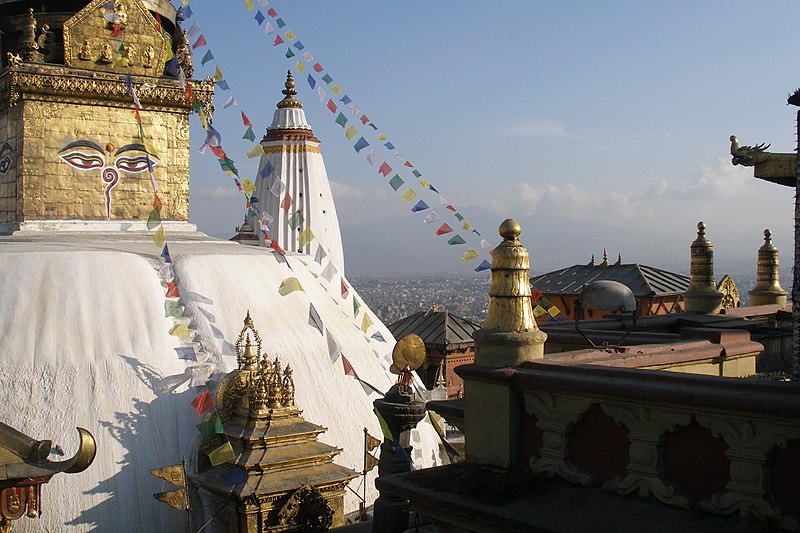World
NY museums return historical treasures to 11th century Nepal monastery
By Jake Beardslee · October 25, 2023
In brief…
- Hundreds of antique religious artifacts were rediscovered at an ancient monastery in Nepal after being hidden for years.
- The return of some looted items to the monastery sparked the creation of a new on-site museum displaying and researching relics.
- Experts say many relics were stolen from Nepalese religious sites since the 1950s to be sold commercially.
- A new community-focused museum at the monastery will allow artifacts to be used in ceremonies again.
- The rediscovered items renewed interest in the monastery's history and rituals across generations.

Precious religious artifacts that had been hidden for years were recently rediscovered at Itumbaha, an ancient Buddhist monastery in Kathmandu, Nepal. Hundreds of objects like gilded crowns, halos, and miniature stupas were found covered in dirt and grime in storage rooms at the site, which dates back to the 11th century. Two wooden carvings that originated at Itumbaha had even made their way over 7,500 miles away to museums in New York - the Rubin Museum of Art and the Metropolitan Museum of Art. After research by the museums, these two artifacts were repatriated this year.
The return of the artifacts sparked a new effort at Itumbaha to research and catalog over 500 artifacts in its collection. A new museum opened at the monastery in July displaying 150 of these works and telling the story of antiquities looting in Nepal. “It is our hope that through this collaboration we can create further awareness around the cultural importance of historic collections held in religious institutions like our own and the need to document and protect them,” said Pragya Ji, president of the monastery’s conservation society.
Experts say many relics were stolen from Nepalese religious sites and sold on the black market after Nepal opened to foreign visitors in the 1950s. “In the ’60s and ’70s, Nepal was just open. Nobody was even thinking… that (representations of) gods and goddesses would be stolen one day,” said Roshan Mishra of the Nepal Heritage Recovery Campaign to CNN. Now Nepalis are trying to identify missing objects, with the goal of not just rebuilding collections but restoring rituals that were lost.
The new Itumbaha museum represents a community-focused approach, where artifacts can be used in ceremonies. “It’s entirely up to that community what they want to do with these objects, and most of the time they’re (put) back into the temple and shrines, and they will be worshipped,” said Mishra. The rediscovered objects sparked intergenerational discussions at Itumbaha about history and traditions. “Nothing is final, nothing is the whole truth, there’s more to be appended over time,” said museum curator Swosti Rajbhandari Kayastha.